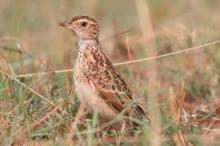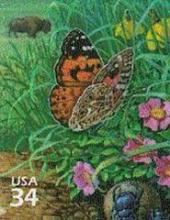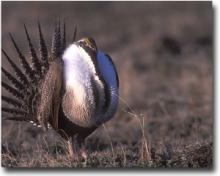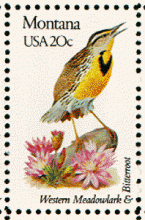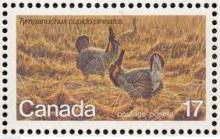
A 72-page 2010 publication raises new and troubling questions about a widely used insecticide's potential for harm to bees, beneficial insects, and bird populations. Using imidacloprid as an example, Dutch toxicologist Dr. Henk Tennekes reports on the hazards of imidacloprid to insects and birds. Imidacloprid is a neonicotinoid chemical, and has systemic action in plants. Other European researchers have linked this insecticide to significant risks for honey bee populations, including possible links to Colony Collapse Disorder.
Dr. Tennekes' findings indicate that imidacloprid (and possibly other neonicotinoid-type insecticides) can bind irreversibly to critical receptors in an insect's nervous system. If these receptors are permanently blocked, the insecticide would not follow a typical dose-response curve. He provides evidence that long term low level to imidacloprid exposure can lead to neurological problems and eventual death of insects.
Studies have shown imidacloprid to be highly persistent in the environment (RCC Compendium of Pesticide Information). In his book, Tennekes presents data showing that imidacloprid has contaminated most of the waterways in the Netherlands.
Systemic activity in plants combined with long-term persistence in the environment and toxicity at low concentrations can be a dangerous combination. Many vulnerable species over large areas could be exposed to this insecticide on land, in surface water following runoff from treated areas and in groundwater due to its potential for leaching through certain soil types.
Several previous studies have shown that imidacloprid is highly toxic to various forms of wildlife, including honey bees, certain beneficial insects, upland game birds, and crustaceans
Tennekes further suggests that imidacloprid has led to a general decline in the insect populations in the Netherlands, and this lack of food in turn has been responsible for declines in bird populations.

